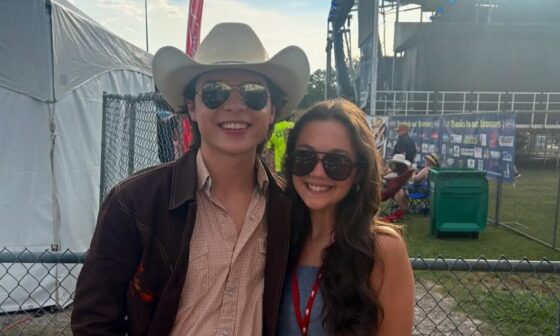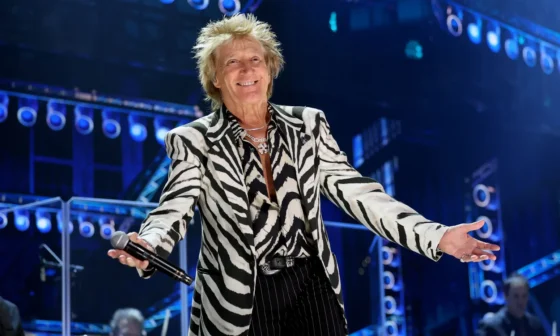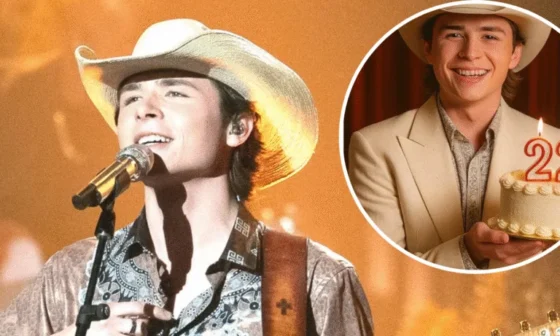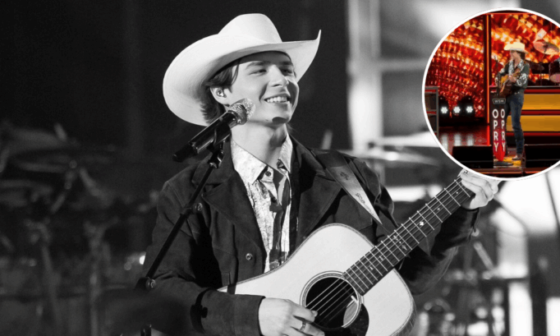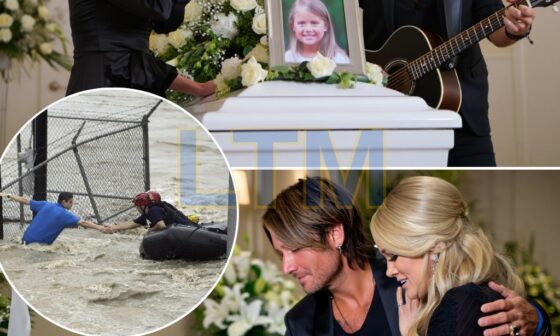The night before Glastonbury, Paul McCartney didn’t sleep like a rock star. He sat alone backstage, long after the crew had left, surrounded by the kind of quiet only the truly legendary come to know — the quiet that follows a lifetime of sound.
At 82, he was about to take the Pyramid Stage once more. Maybe for the last time. And yet it wasn’t nerves keeping him awake. It was something else. A weight. A whisper. A shadow from the past.
So he leaned back in his chair, closed his eyes…
And John Lennon came back.
The Bench
In the dream, Paul was young again — or maybe just lighter. He sat on an old wooden bench in Liverpool, the kind they used to sit on after rehearsals or while dodging school. The street was empty, the sky gold with late sun.
Footsteps echoed. Familiar ones.
Then there he was. Long hair. Round glasses. Mischievous grin intact.
“You’re late,” John said, smirking.
Paul laughed, surprised by the sound of his own voice. “You always did keep me waiting.”
They didn’t speak for a while. Just sat together, letting the silence fill in what words never could.
Then John turned.
“Sing that one, Paul.”
Paul looked over. “Which one?”
John gave him a look — the one that meant you already know.
“But don’t change the words this time,” John said, quieter now. “They still matter. Maybe more now than ever.”

The Notebook
Paul woke at 4:17 a.m., heart racing. The dream still echoed through him like a half-remembered melody. On instinct, he reached for an old notebook tucked into the bottom of his overnight bag — a battered leather one he hadn’t opened in years.
And there it was. A line scribbled in faded ink, written decades ago during a forgotten writing session:
“There’s nowhere you can be that isn’t where you’re meant to be.”
He stared at it, then whispered to the empty room: “Alright, mate. I hear you.”
The Moment
By sunset the next day, Glastonbury was electric. Over 200,000 people packed the fields. Paul played the hits — Let It Be, Hey Jude, the songs that shaped generations.
But he had saved something.
As the final notes of Hey Jude faded and the lights dimmed, he stepped to the mic one more time.
No announcement. No spectacle.
Just the unmistakable opening chords of All You Need Is Love.
No remix. No updated arrangement. Just the song, the way it was — raw, urgent, and tender, untouched since Lennon first sang it to a world in turmoil.
It was the first time Paul had performed it since John died.
His voice trembled on the first verse. Then grew steadier. And by the time the chorus came, the crowd — young, old, lifelong fans and curious newcomers — sang with him.
But something else happened, too.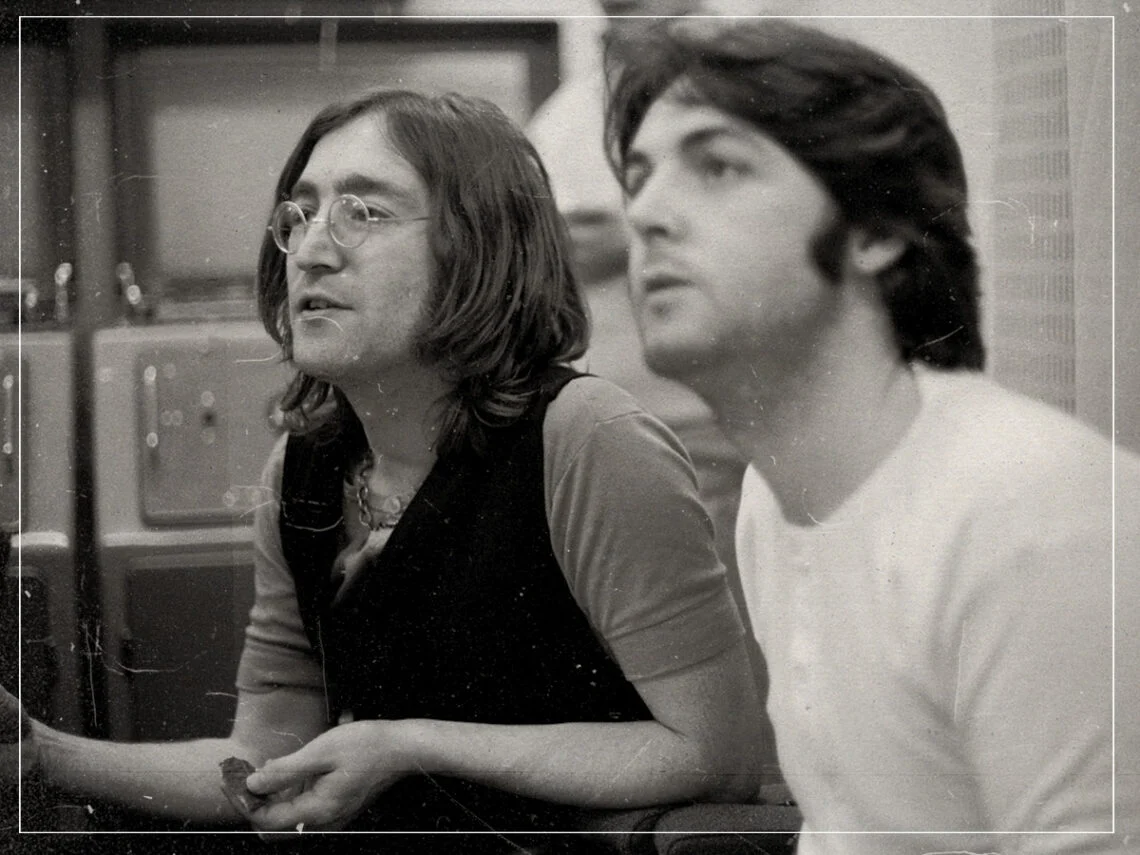
The Voice on the Wind
As the final chorus rang out — “Love is all you need…” — a harmony joined in. Clear. Gentle. Just slightly above Paul’s.
It wasn’t on the backing track. It wasn’t part of the band.
People closest to the stage looked at each other. Some gasped. Some cried.
Others simply closed their eyes and listened.
Was it John? A trick of the acoustics? The wind?
Maybe. Maybe not.
But for those who had heard that voice before — on rooftops, on radios, in vinyl grooves long worn down — it didn’t matter.
They knew.
The Note
Later that night, back in his hotel room, Paul sat on the edge of his bed with his guitar in hand. The notebook was open on his lap.
Beneath the line he and John had once scribbled together, Paul added one more:
“Thanks for the letter, mate. I got it.”
And somewhere — maybe on a quiet bench in Liverpool, or somewhere deeper in the dream — John Lennon smiled.
And disappeared into the wind.

